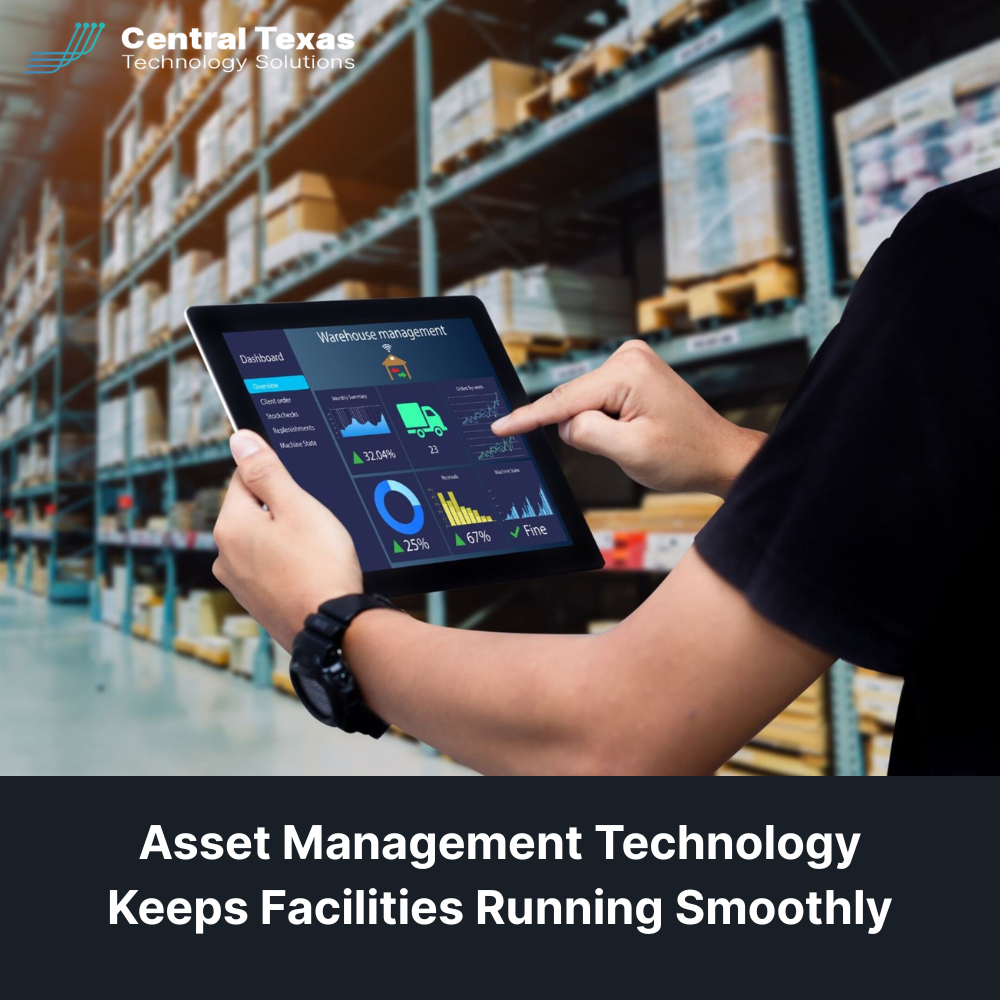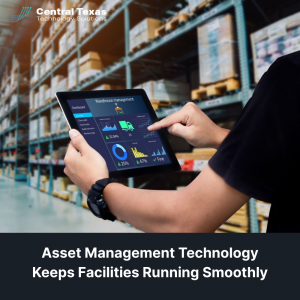
 Managing a facility today involves far more than keeping equipment in working order. Leaders across Austin must juggle maintenance schedules, sustainability goals, regulatory requirements, and the rising cost of downtime. When operations stretch across multiple locations or rely on specialized equipment, the complexity grows even faster. Every decision affects employee safety, business continuity, and long-term profitability.
Managing a facility today involves far more than keeping equipment in working order. Leaders across Austin must juggle maintenance schedules, sustainability goals, regulatory requirements, and the rising cost of downtime. When operations stretch across multiple locations or rely on specialized equipment, the complexity grows even faster. Every decision affects employee safety, business continuity, and long-term profitability.
Fortunately, smart solutions are making facility management simpler and more strategic. Asset management technology gives businesses real visibility into their equipment, helps teams stay ahead of costly failures, and turns building operations into a competitive advantage. Instead of reacting to breakdowns, business leaders can use data to prevent them and protect their investments.
Why Facilities Need Asset Management Technology
Traditional spreadsheets and manual inspections were once enough to track repairs, schedule maintenance, and estimate equipment lifespan. Modern facilities, however, rely on advanced machinery, smart controls, and interconnected systems that require constant monitoring. Without asset management technology, leaders are left guessing at performance trends and reacting to problems after they occur.
Here is what happens when facilities rely on outdated methods
- Downtime becomes unpredictable and expensive
- Maintenance budgets are harder to control
- Critical compliance documentation gets lost or incomplete
- Equipment fails earlier and more often
- IT and facility management teams operate in silos
Technology shifts the focus from short-term fixes to long-term performance. It gives facility teams the visibility they need to solve issues before they become emergencies.
Asset Management Technology That Predicts Problems Before They Happen
Older CMMS systems were designed to schedule work orders and record maintenance history. Today’s asset management technology does far more by combining IoT sensors with artificial intelligence to predict failures before they disrupt operations.
Real-time sensors track the health of assets and send alerts when something changes, such as a spike in temperature, a slow decline in performance, or unusual energy use. That information allows facilities teams to respond early, reduce repair costs, and extend the lifespan of crucial systems.
Smart facilities use this technology every day
- HVAC units send alerts before motors overheat
- Security systems adjust settings based on occupancy
- Sensors reveal where energy waste is happening
- Equipment performance is tracked in real time to spot inefficiencies
These data-driven insights ultimately lower risk, reduce spending, and make better use of maintenance teams and vendor support.
Smart Investments in Asset Management Technology
Not every device or software platform delivers equal value. Leaders across healthcare, legal, construction, manufacturing, and nonprofit sectors are prioritizing the tools that not only improve operations but also produce measurable savings.
High-impact asset management technology includes
- Smart sensors and IoT devices for live monitoring of equipment health
- Mobile CMMS apps that give technicians instant access to work orders
- Digital twins that simulate facility changes before construction or upgrades
- AI-powered space utilization tools to reduce unnecessary real estate costs
- Energy monitoring systems that measure waste and support sustainability goals
Each solution supports smarter maintenance planning, stronger budgeting decisions, and safer working environments.
Challenges to Consider When Adopting Asset Management Technology
Technology alone does not guarantee success. Organizations must address the hidden challenges that slow adoption and limit ROI.
The most common roadblocks include
- System integration that ensures tools work together rather than independently
- Training and change management to help teams trust new workflows
- Cybersecurity protections that secure every connected device and data stream
Without strong IT leadership, these challenges can quickly become expensive barriers. That is why smart organizations partner with experienced IT providers who can guide deployment, manage risk, and support ongoing improvements.
Why CTTS Is the Best Partner for Asset Management Technology
Businesses in Austin turn to CTTS because we understand both facility operations and IT infrastructure. We help organizations select the right tools, secure every connected device, and deploy technology that integrates seamlessly with existing systems. Our team ensures your facility management strategy is not only smart but also safe, scalable, and aligned with your business goals.
With CTTS, asset management technology becomes an advantage, not another project to manage. Our clients reduce maintenance costs, improve uptime, extend equipment life, and support sustainable operations across all their locations.
FAQ About Asset Management Technology
What is asset management technology and why do facilities need it?
It is software and connected devices that track equipment performance, schedule maintenance, and predict failures. Facilities need it to reduce downtime, control costs, and extend the lifespan of critical assets.
How does asset management technology reduce maintenance expenses?
By using real-time data to detect issues early, it eliminates unnecessary repairs, prevents emergency breakdowns, and helps organizations plan budgets more accurately.
Can asset management technology work with our existing systems?
Yes, but integration matters. CTTS helps businesses choose tools that connect smoothly to their network, while ensuring data security and long-term scalability.
Contact CTTS today for IT support and managed services in Austin, TX. Let us handle your IT so you can focus on growing your business. Visit CTTSonline.com or call us at (512) 388-5559 to get started!
